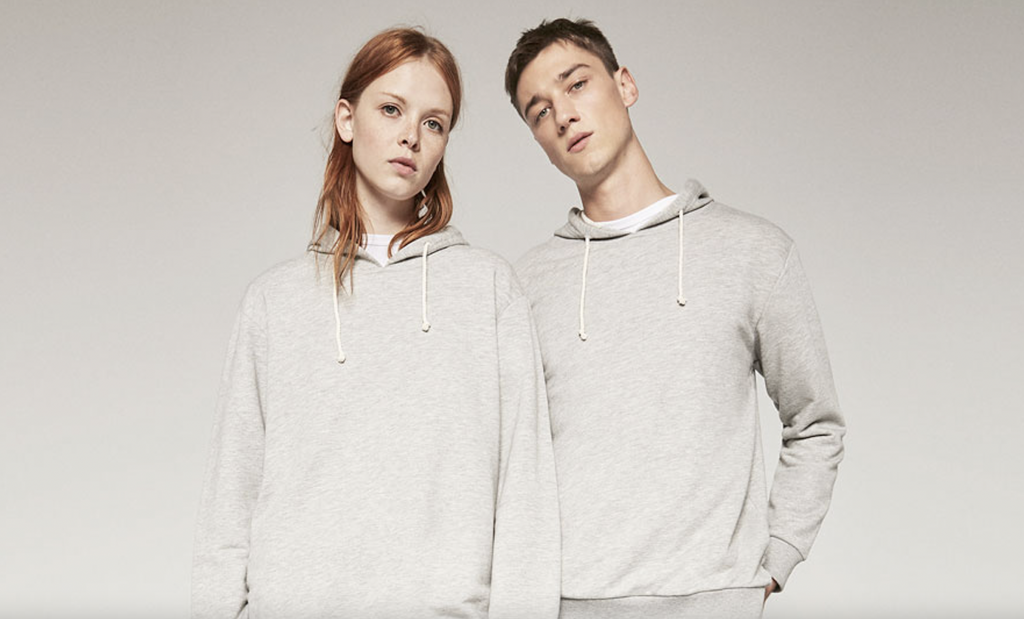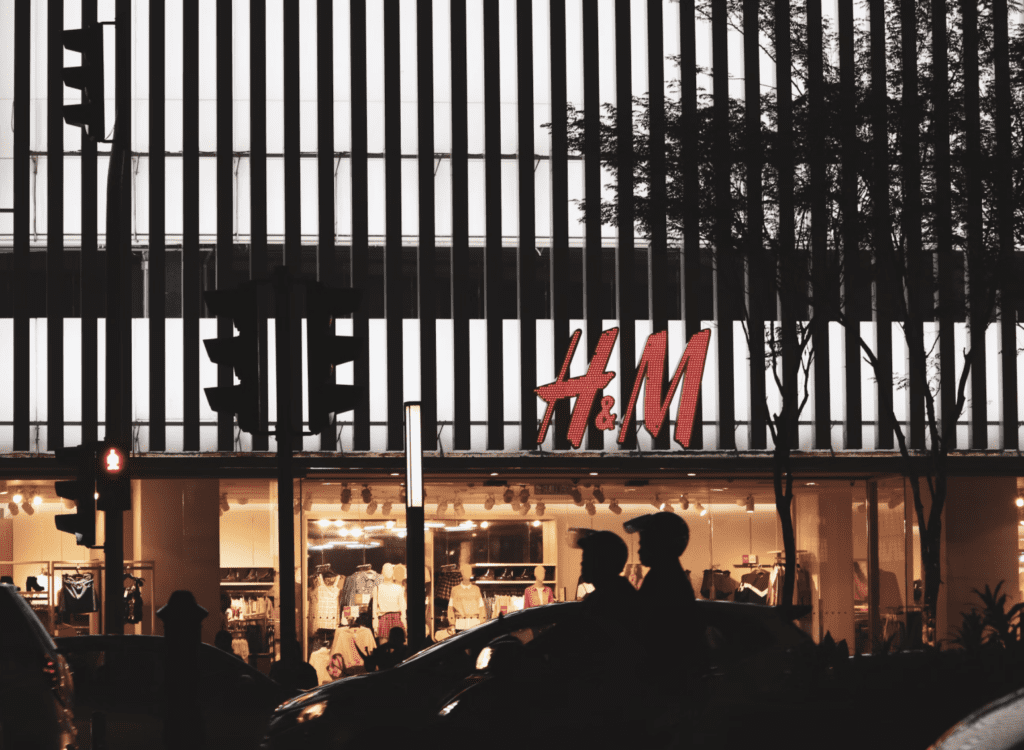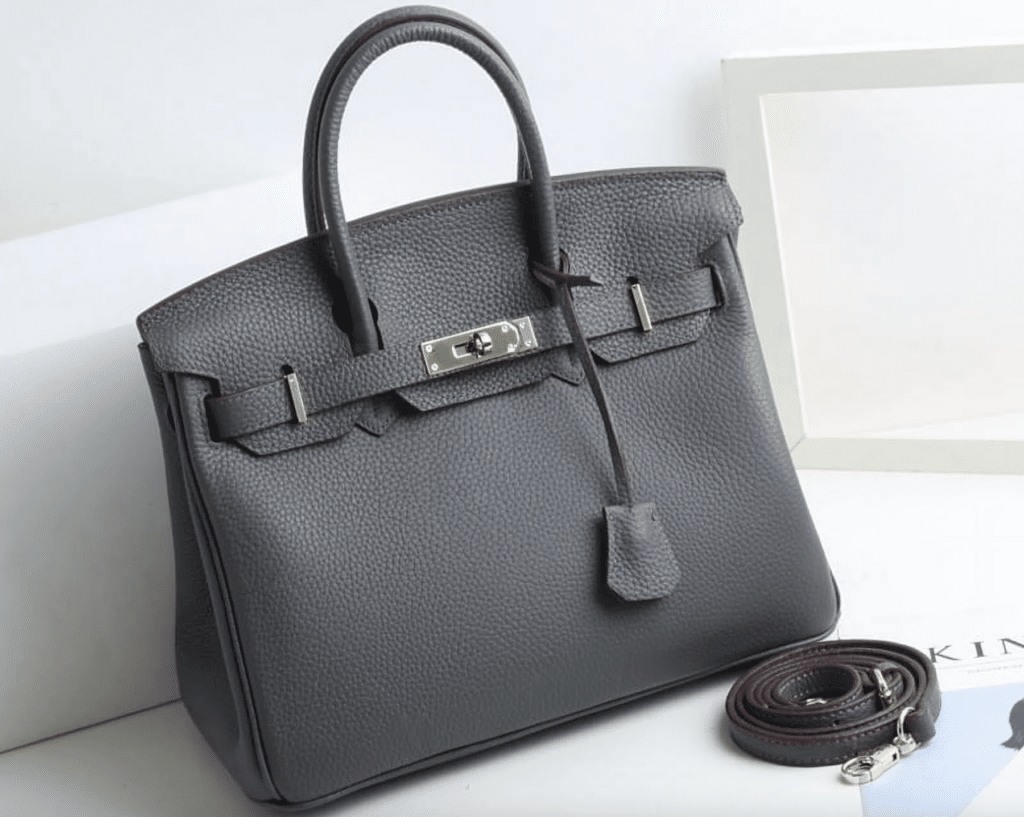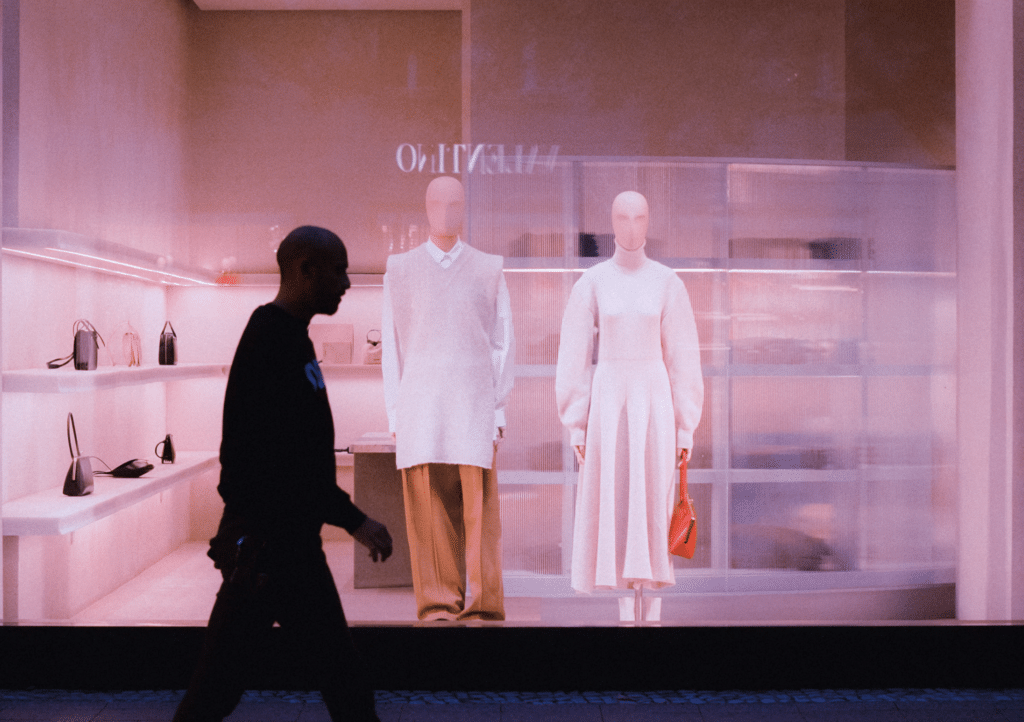With gender identity and expression seemingly becoming an ever-expanding, decadent splash pad of personal freedom in today’s tightening political backdrop, it would make logical business sense that fashion – the long advocate of wearable art and self-articulation – would join in. H&M, Diesel, Zara, Mother Denim, Zara, and other “trendy brands,” as the Wall Street Journal put it, have aggressively entered into the space in order to vie for consumer dollars. However, many attempts by mainstream fashion companies, most notably, H&M, with its latest line of gender neutral clothing, Denim United, have fallen flat. They seem to miss the point of a concept as vast as gender expression completely, and as a result, fall prey to old and outdated ideas.
H&M’s collection, which features cuts, lines, and styles of denim that we immediately understand as “masculine,” strangely conforms with what gender theorists would argue defaults to a culturally male articulation of style, even if that male style is still a trendy aesthetic. In other words, most of the time when clothes are marketed as “gender neutral,” they are still predominantly designed with our overwhelming understanding of masculine, since it is socially acceptable for women to wear men’s clothes in our society, but not the reverse.
The Swedish fast fashion giant is not selling denim skirts for men and labelling them as gender neutral. Similarly, it does not appear to be attempting to advocate for any expansion of our current definitions of gender expression through innovative cuts or recast ideas about perceived notions of wardrobe choice. This is something that the now multi-times-bankrupt American Apparel, for instance, was well known, despite its challenging reputation. In reality, H&M is simply selling oversize men’s denim, and hoping to capitalize on existing social movements and the political consciousness of their consumer in a move that stands to insult the very transgender and gender non-conforming individuals it seeks to reach.
Flaws are further evident in the color choices of many “gender neutral” collections. H&M, for instance, chose to use a predominantly beige, grey, and denim color scheme to highlight its seemingly smart ideas about what it thought gender neutrality was, giving many of the garments the illusion of being sack-like on female models and unflattering on their bodies. Its executives have been quoted as saying they wanted the garments to be large as to fit both body types. I cannot help but think about the feminist implications of a female-bodied person who is physically lost in the masses of fast fashion fabric in an outfit that has not been made for their body. This project made to cover bodies, not celebrate them. Gender diversity is about embodying gender in all of its intricacies.
When Zara created its Ungendered line in 2016, the Spanish giant took a similar approach, using denim as the key point of entry for the customer, as well as unassuming color choices for hoodies and tee shirts. Female models drown in huge tee shirts, jeans, and hoodies, while male models fill them out nicely, creating an unequal power dynamic in advertising due to the fact it appears the female models simply have borrowed the male models’ clothes. Yet, where are their own clothes? Why do women never get to own things, only borrow, even in design?
Gender diversity in fashion does not need be a complete erasure of all gendered markers or an automatic deflection to the seduction of masculinity. It should be a call to arms for vibrancy, for excitement, and for fashion to see the beauty of all genders and gender expressions in the hands of ALL consumers. So, when the world’s second largest global clothing retailer tells us the future is mute and masculine, we have to see this as a battle cry to reclaim the feminine within this specific conversation. We also need to hold fashion brands accountable for their role in the contemporary curation of gender.
Change in fashion – whether it be in a gender sense or otherwise – is at its most subversive, dynamic, and influential when it is not in the form of an exploitative campaign. It is rather the authentic moments – red nails on a masculine person, structure on a feminine person, for instance – that stand to have the most impact. These moments do not ask for anything; they are powerful because they stand to support a larger conversation.
By attempting to sell “gender neutral” clothing in accordance with H&M or Zara’s narrow model, fashion fails to promote gender diversity in a way that invites productive conversation about gender or its vast expressions. Whereas it is generally accepted that couture – and even designer ready-to-wear– is unattainable for the vast majority of consumers, mainstream fashion has become the norm for more consumers. With this in mind, those at its helm of these brands have the responsibility to set the goals higher and with more social consciousness, which would not only be good for business, but would demonstrate a commitment to designing for our new real and widening gendered world.
Seth Arico is the Program Manager for Social Sector Leadership at Dartmouth.











